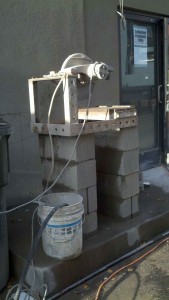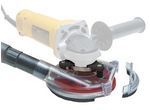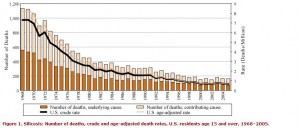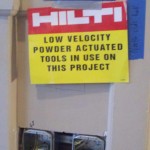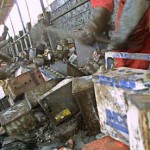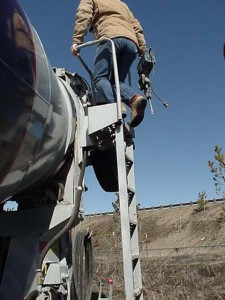Mon 28 Jan 2013
I’m sick. …What is it from?
Posted by admin under Exposure, Hazard Communication, IAQ, industrial hygienist, Management, odor thresholds, PEL (Perm Exp Limit), Uncategorized
Comments Off on I’m sick. …What is it from?
Many times an IH is called upon to determine the cause of a person’s ailing symptoms. For example, an employee might complain of congestion, irritability, bloody nose, etc. Someone has decided it might be from their exposure at work.
The practice of industrial hygiene is difficult to apply to an individual. What I mean is, this field of study was developed due to serious health concerns over a population of people at work. This is essentially how science works, you take a population, study it, find the differences, then make conclusions.
Trouble occurs when you try this backwards. If the same person (as example above) complains of congestion, irritability, bloody nose- can we assume they must have exposure to lead dust? Not usually. We must obtain other clues.
What industrial hygienists try to do in these instances is rule-out the possible over-exposures. Sometimes we can measure for chemical exposures to see if it might be of concern. But even then, it’s not fool proof. Below are a few issues which make it complicated.
- exposure at work? job? extracurricular activities? home?
- person might have autoimmune disease and gets sick easier
- sampling is not feasible
- sampling is somehow screwed up (by IH, lab, mail carrier)
- exposure is through food, clothing, etc.
Even with these fallacies, there are things an individual can do to narrow down their ailments:
- create a log. time, type of symptoms, pain scale, others experience/smell, food eaten
- change things and see if it improves/makes it worse
- research – but do it right. Look at the items you use, check the SDS
